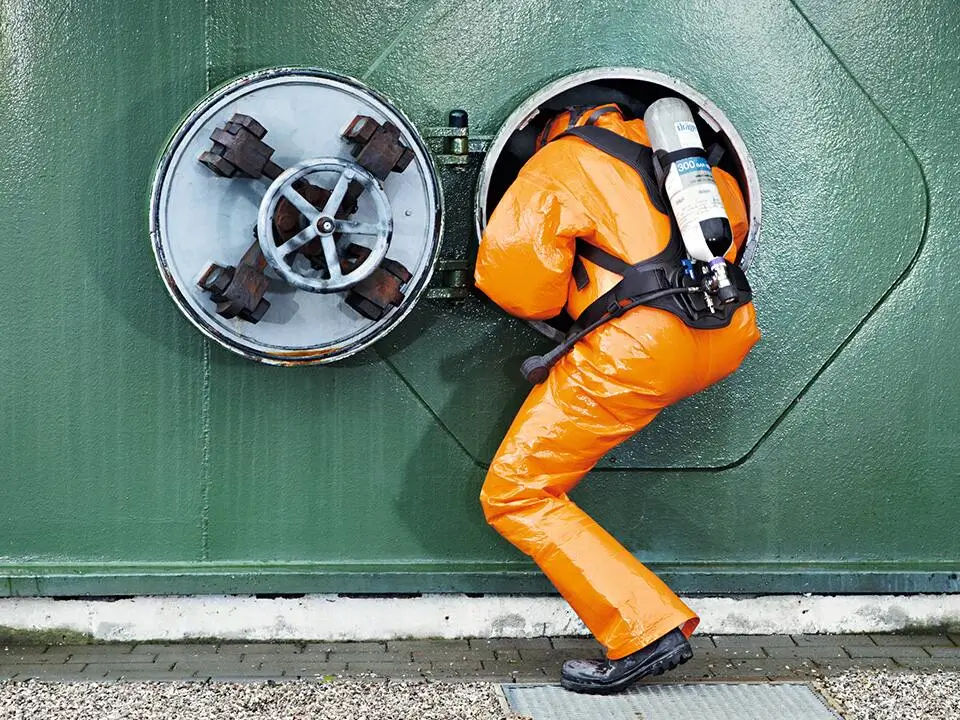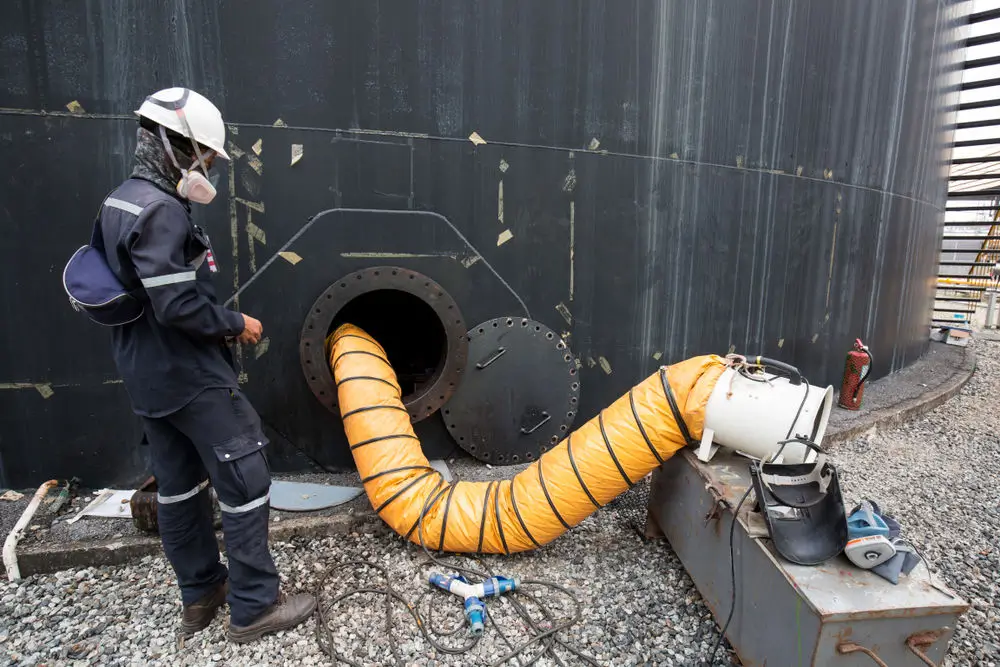Advantages and Disadvantages of Wellness Programs in the Workplace
Wellness programs can be an excellent way to encourage your employees to live healthier, more productive lives. But even though there are plenty of advantages of wellness programs in the workplace, there are some disadvantages as well. Let’s take a look at both sides of the coin here and see what you think. What is … Read more









